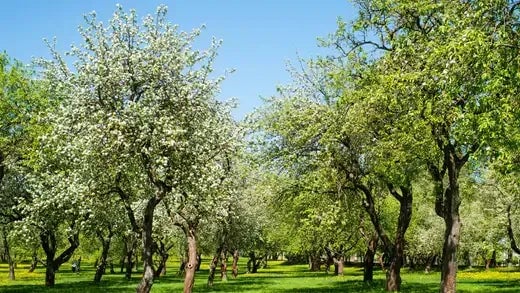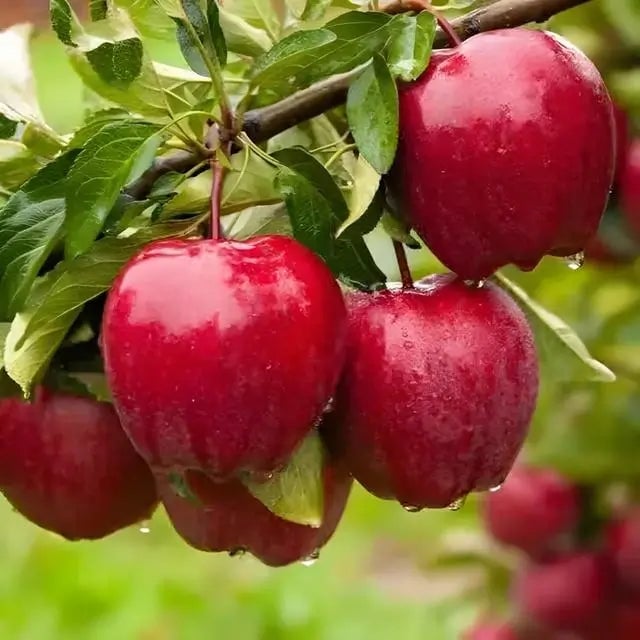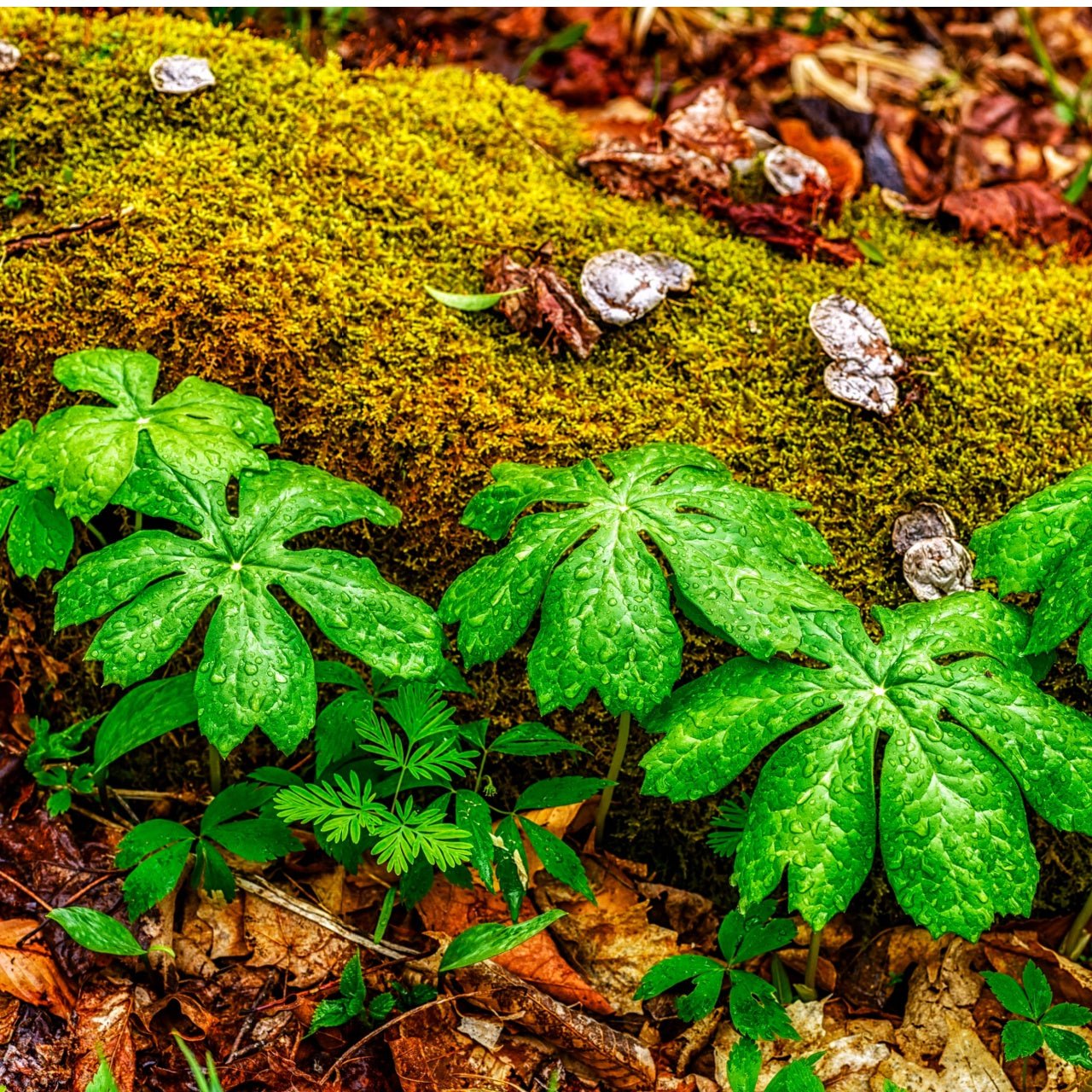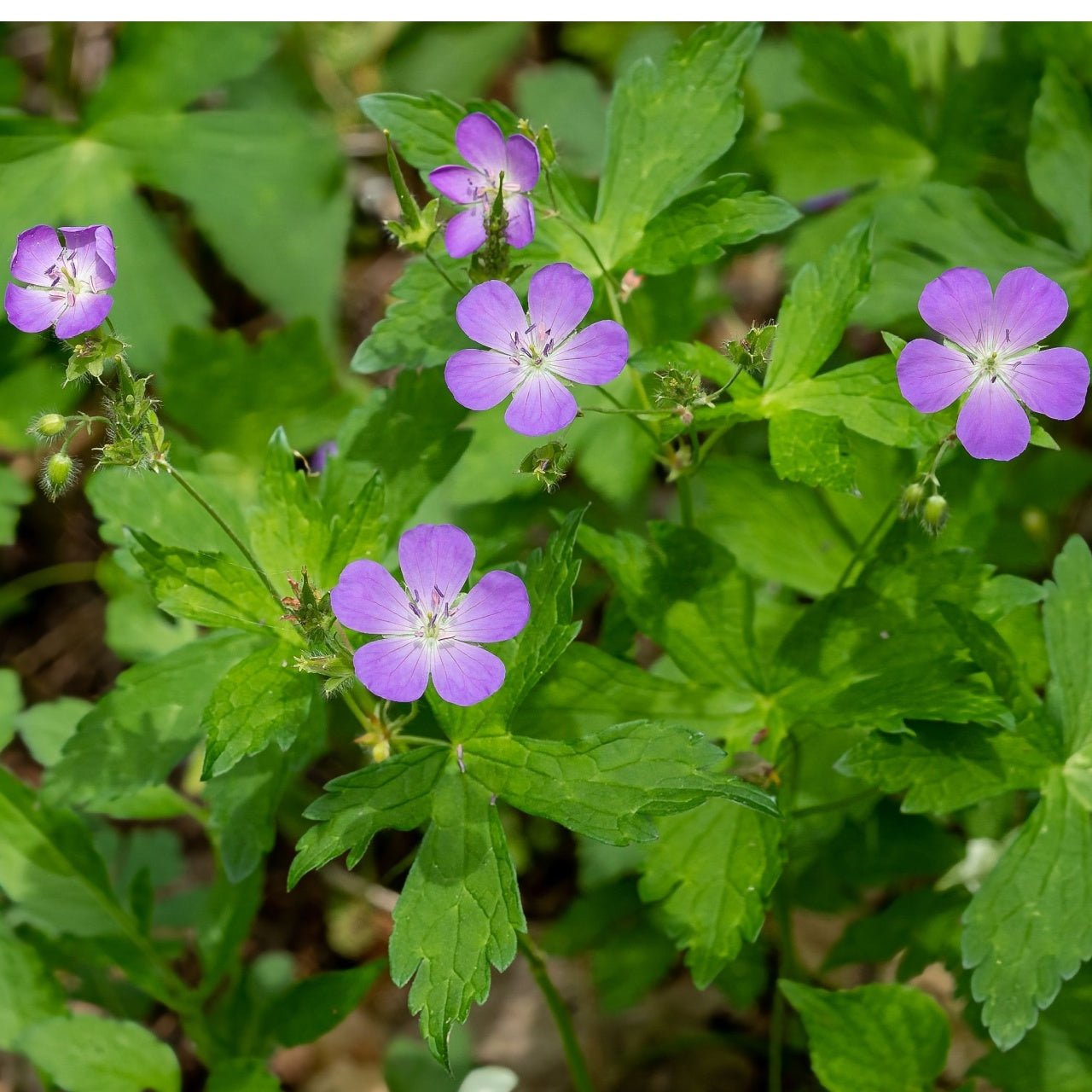May Apple (Podophyllum peltatum): Care and Cultivation Guide
Introduction to May Apple: May Apple (Podophyllum peltatum), also known as American mandrake or wild lemon, is a native North American perennial plant that belongs to the Berberidaceae family. It is recognized for its distinctive umbrella-like leaves and unusual, waxy, lemon-shaped fruits. May Apple is a captivating addition to woodland gardens, shaded areas, and native plant landscapes. This care and cultivation guide will provide essential information to grow and maintain May apples in your garden.
Cultivation and Habitat:
May apples grow naturally in rich, moist woodlands, often forming dense colonies. It is necessary to use partial to full shade and moist, well-draining soil. The plant tends to emerge in early spring and goes dormant by mid-summer, making it well-adapted to the changing conditions of deciduous forests.
Cultivation: May Apple (Podophyllum peltatum), American mandrake or wild lemon, is a fascinating perennial plant native to North America. Its unique appearance, distinctive leaves, and lemon-shaped fruits make it a sought-after addition to gardens and landscapes. Cultivating May Apple requires carefully understanding its preferred habitat and growing conditions.
Habitat
May Apple is naturally found in rich, moist woodlands and shaded areas, primarily in North America's eastern and central regions. It prefers the understory of deciduous forests, benefiting from the filtered sunlight penetrating the tree canopy. This shaded environment protects the plant from excessive sunlight and provides excellent, moist conditions in which it thrives.
Soil Requirements: One of the vital factors for successfully cultivating May Apple is providing it with the right soil conditions. It prefers soil rich in organic matter, well-draining, and consistently moist. The organic matter helps retain moisture and provides the nutrients for healthy growth. Amending the soil with compost or well-rotted leaf litter before planting can create an ideal growing medium for May Apple.
Light Conditions: May Apple's natural habitat provides it with filtered sunlight due to the presence of more giant trees and foliage above. When cultivating May Apple in your garden, mimic these conditions by planting it in a location that receives partial to full shade. Direct sunlight can scorch its delicate leaves, so protecting the plant from intense sun exposure is crucial.
Planting Tips: When planting May Apple, follow these guidelines to ensure its successful establishment:
- Choosing the Right Location: Select a shaded or partially shaded area in your garden, such as beneath trees or on the north side of a building. This will replicate the plant's natural habitat and create an environment conducive to growth.
- Preparing the Soil: Work organic matter into the soil to improve its structure and fertility. This will enhance moisture retention and provide essential nutrients for the plant's development.
Planting Depth: When planting May Apple rhizomes, ensure they are placed at the appropriate depth. Plant them 2 to 4 inches deep, allowing the growing tips below the soil surface.
Spacing: Space individuals May Apple plants at least 1 to 2 feet apart to permit their spreading growth habit over time. Watering and Maintenance: Maintaining consistent soil moisture is essential for the health of May Apple plants. During the active growing season, hold the soil moist but not soggy. As the plant enters its dormant phase in mid-summer, gradually reduce watering to allow it to rest.
Plant Description: May Apple produces palmately lobed, umbrella-like leaves that increase to 12 inches in diameter. These leaves provide a distinctive, tropical appearance to the plant. In late spring, the plant produces a single, waxy, white flower that hangs beneath the leaves, giving the appearance of an "apple" hidden within the foliage. The flower eventually gives way to a lemon-shaped, green fruit that ripens by mid-summer.
Propagation: May Apple can be propagated through seeds or rhizome division. Here's how to do it:
- 1. Seed Propagation: Collect ripe seeds from the fruits in late summer. Clean the seeds and soak them in water for a day or two. Germination can take several weeks to months.
- 2. Rhizome Division: Carefully dig up a mature May Apple clump in late summer or early autumn. Gently separate the rhizomes, ensuring each division has several healthy shoots. Replant the divisions in prepared soil at the same depth they grew. Water well after planting and maintain consistent moisture until established.
Planting: When planting May Apple, consider the following steps: Choose a shaded to partially shaded location with well-draining soil. Rectify the soil with organic matter to improve moisture retention and fertility. Space plants are about 1 to 2 feet apart, as they will spread over time. Care Tips: To ensure the health and existence of your May Apple plants, follow these care guidelines:
- 1. Soil and Water: May Apple thrives in moist, well-draining soil. Carry the earth consistently moist, especially during the growing season.
- 2. Light: Plant May Apple in a location with dappled or filtered sunlight. Too much direct sun can scorch the delicate foliage.
- 3. Fertilization: Apply a balanced, slow-release fertilizer in matutinal spring to provide essential nutrients for the growing season. Avoid over-fertilization, as May Apple prefers nutrient-rich soil without excessive fertilization.
- 4. Dormancy: May Apple go dormant in mid-summer; its leaves may turn yellow and die back. This is a natural part of its lifecycle. During dormancy, reduce watering to allow the plant to rest.
- 5. Pests and Diseases: May Apple is generally resistant to pests and diseases, but occasional issues like slugs and snails may need to be managed, especially in wet conditions.
- 6. Wildlife Attraction: May Apple fruit is enjoyed by several wildlife species, including raccoons, squirrels, and deer. If you want to enjoy the fruit yourself, consider using protective netting.
- 7. Propagation and Division: As mentioned, May Apple can be propagated through seed or rhizome division. Dividing established clumps many years can help rejuvenate the plants and prevent overcrowding.
Conclusion
May Apple is a unique and intriguing endemic plant that can add beauty and interest to your garden's shaded areas. With its umbrella-like leaves and distinctive fruit, it's sure to capture the attention of anyone who encounters it. By providing the right growing conditions, consistent care, and understanding its natural dormancy cycle, you can successfully cultivate May Apple and enjoy its charming presence year after year. Whether you're creating a woodland garden or adding native plants to your landscape, May Apple is a beautiful choice that connects you to the natural beauty of North America's flora.
Read more

Decorating with water plants can be fun, and you can also use your imagination. The whole family could enjoy that. They could have a part in decorating the water garden. Water Plants will add beaut...
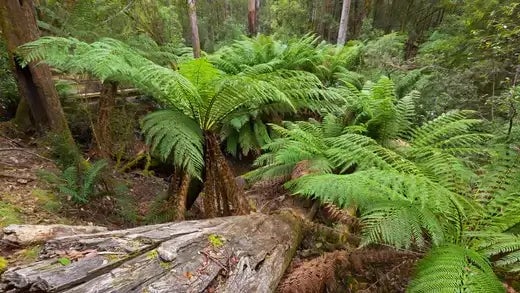
Fern plants are very diverse and adaptable. Ferns are very bold and bright, but they are quite elegant at the same time. Ferns are considered the easiest plants to grow, and if their basic requirem...


